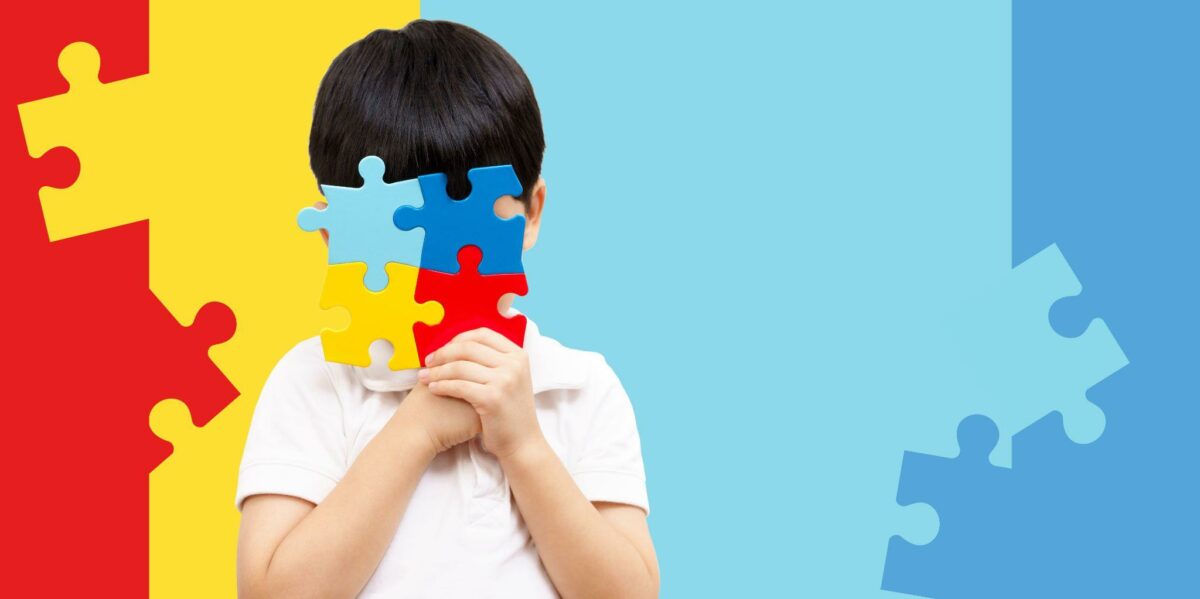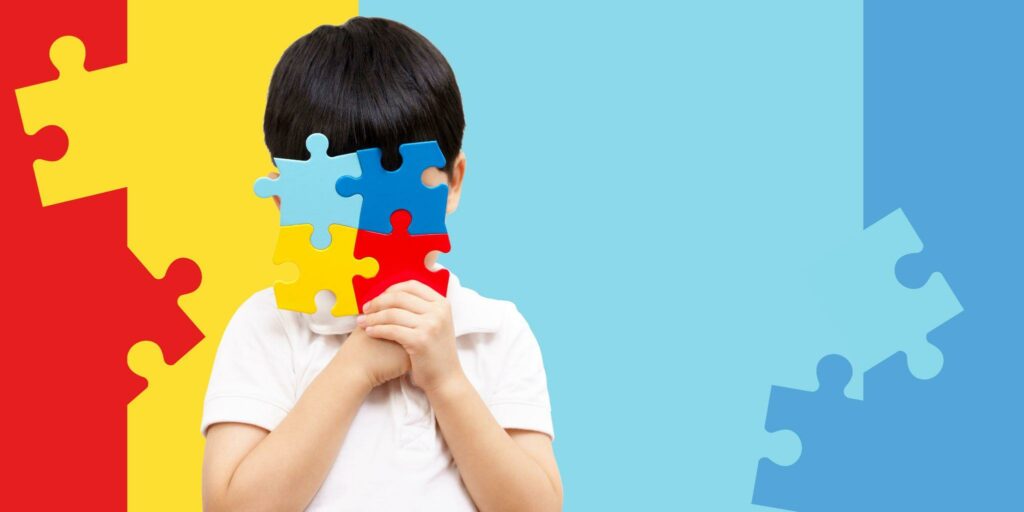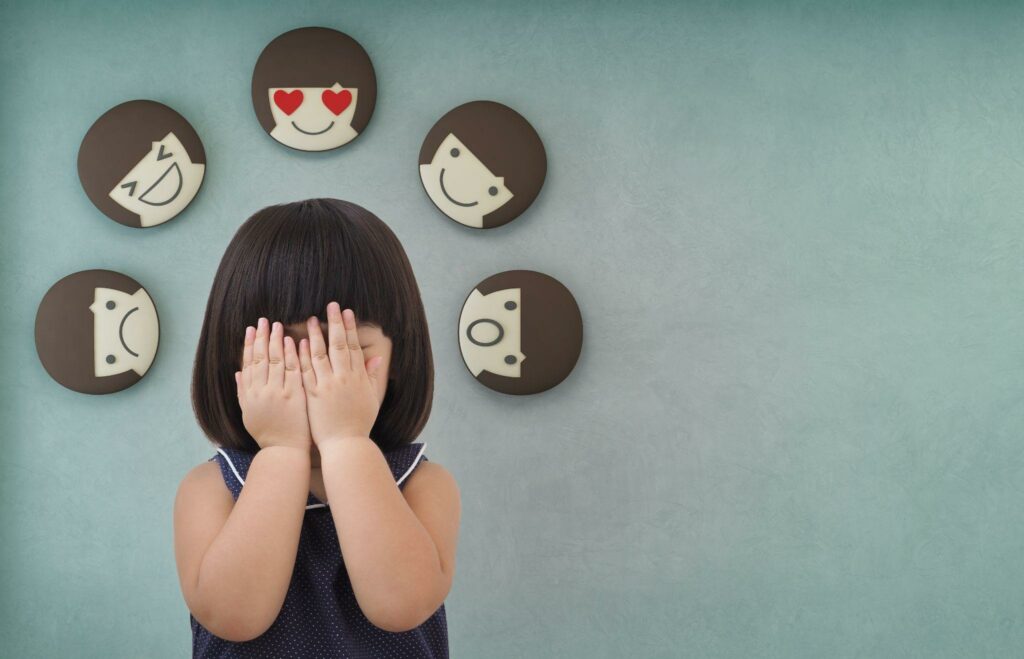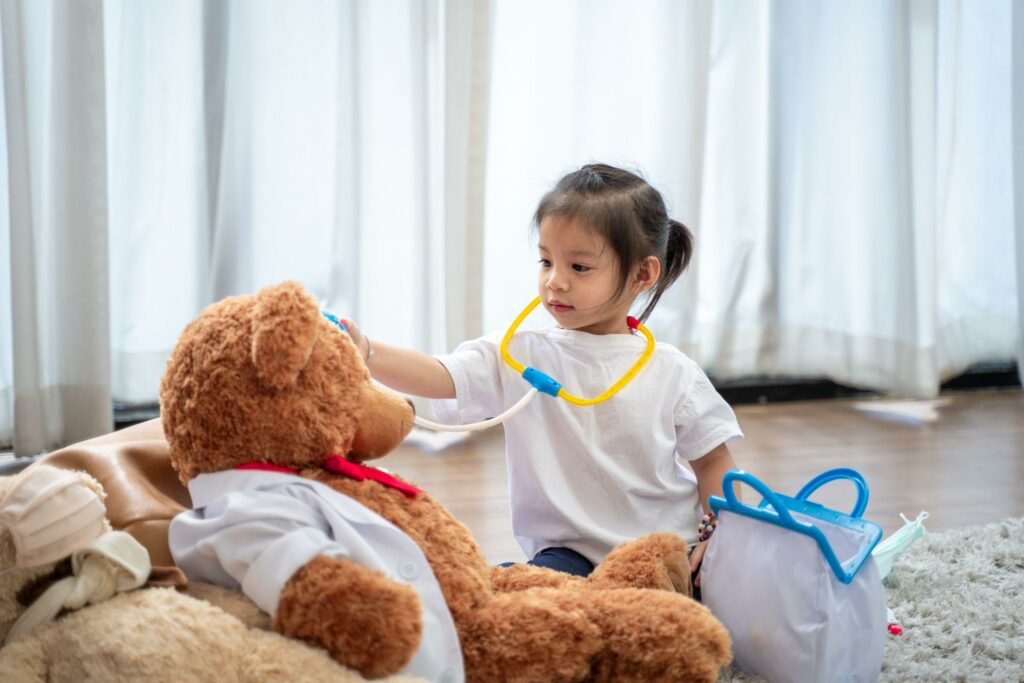Source : Chinese Medicine Practitioner, Chiu Shi Cheung
Many children today spend a lot of time looking at computers, phones, or reading, which can strain their eyes. There are some acupoint massages that can help children relieve eye strain.
The first acupoint we’ll introduce is the “Zan Chuk” point. It’s located at the very front end of the eyebrows, about half an inch downward, at the corner of the eye socket. Another acupoint is called the “Jing Ming” point. It’s located at the side of the nasal bridge, right in the middle between the two eyes, near the inner edge of each eye. The third point is the “Si Pak” point, which is about 1 inch below the eyes, roughly the width of two fingers apart. It’s in front of the cheekbone, and when you touch it, there should be a slight depression just below the eyes; this is the “Si Pak” point. The last acupoint is the “Shi Chuk Hung” point, located at the very end of the eyebrow. All four of these points can help with dispersing wind, clearing heat, and improving vision.
Once we know the locations of these acupoints, how do we massage the eye area?
First, let’s start with the first point, the “Zan Chuk” point. You’ll use your four fingers to hold down the eyebrows, and then use your thumb to press on the “Zan Chuk” point. The “Zan Chuk” point is right at the very front end of the eyebrows, in the depression at the corner of the eye socket. Hold it with your four fingers and your thumb, and gently rotate 64 times in opposite directions.
The second acupoint is called “Jing Ming” Point, located in the area in front of the inner corner of the eye, between the eyebrow and the bridge of the nose. We use two fingers to gently pinch the bridge of the nose and then slowly massage it up and down, repeating this motion 64 times.
The third acupoint is called “Si Pak” Point. It is located on the inner edge of the cheekbone on our face. In fact, when you touch it, you’ll feel a slight depression. Using two fingers, place them on either side of the bridge of the nose, and you will be able to locate this point. Gently press inside, and you will feel a slight soreness. After locating it, you can also rotate the pressure 64 times.
The fourth acupoint is Shi Chuk Hung Point. To locate it, use your thumbs to first press on both sides of the temples. Then, starting from the Shi Chuk Hung Point, sweep upward to the Shi Chuk Hung Point again, and then continue downward, below the eyes, to the Shi Chuk Hung Point. This constitutes one cycle, and repeat this motion 64 times.
By massaging these four acupoints, you can not only relieve eye fatigue but also improve the blood circulation around the eyes and prevent eye conditions such as nearsightedness. When we do eye exercises, remember to keep our eyes closed throughout the entire process. After completing the eye exercises, it’s also important to keep your eyes closed for 2 to 5 minutes. We typically press each acupoint for 64 times. Why 64 times? It’s because, from the perspective of Traditional Chinese Medicine “eighty-eight sixty-four“, we call it the “first of eight eights” meaning the most important.









